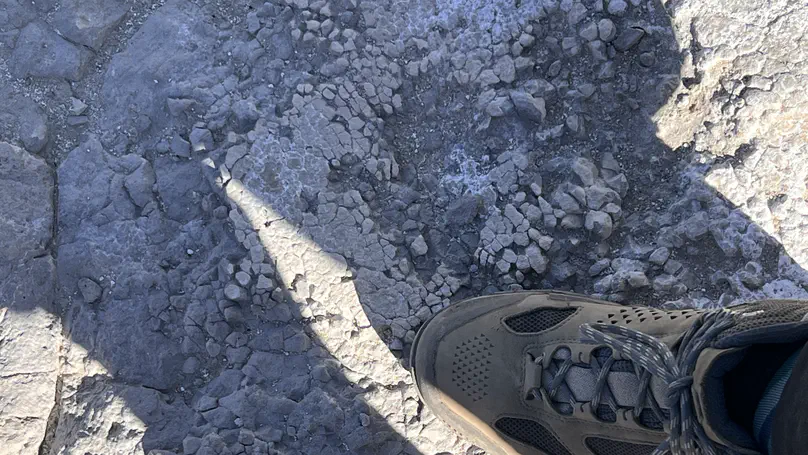Publications

Pumice rafting events are a common result of volcanic eruptions occurring near or beneath bodies of water. Such events are frequently associated with hazards such as tsunamis, and drift pumice is known to cause local economic disruptions, damage ships, impede naval traffic, devastate marine populations, and distribute potentially invasive species over long distances. However, our current understanding of the mechanisms that drive the formation and dispersal of drift pumice are extremely limited. This article reviews historical and characteristic pumice raft-forming eruptions, how interactions with water factor into macro- and micro-scale controls on pumice clast formation and dispersal, and current methods for detection and analysis to better track and mitigate hazards associated with explosive volcanic eruptions and pumice rafts.